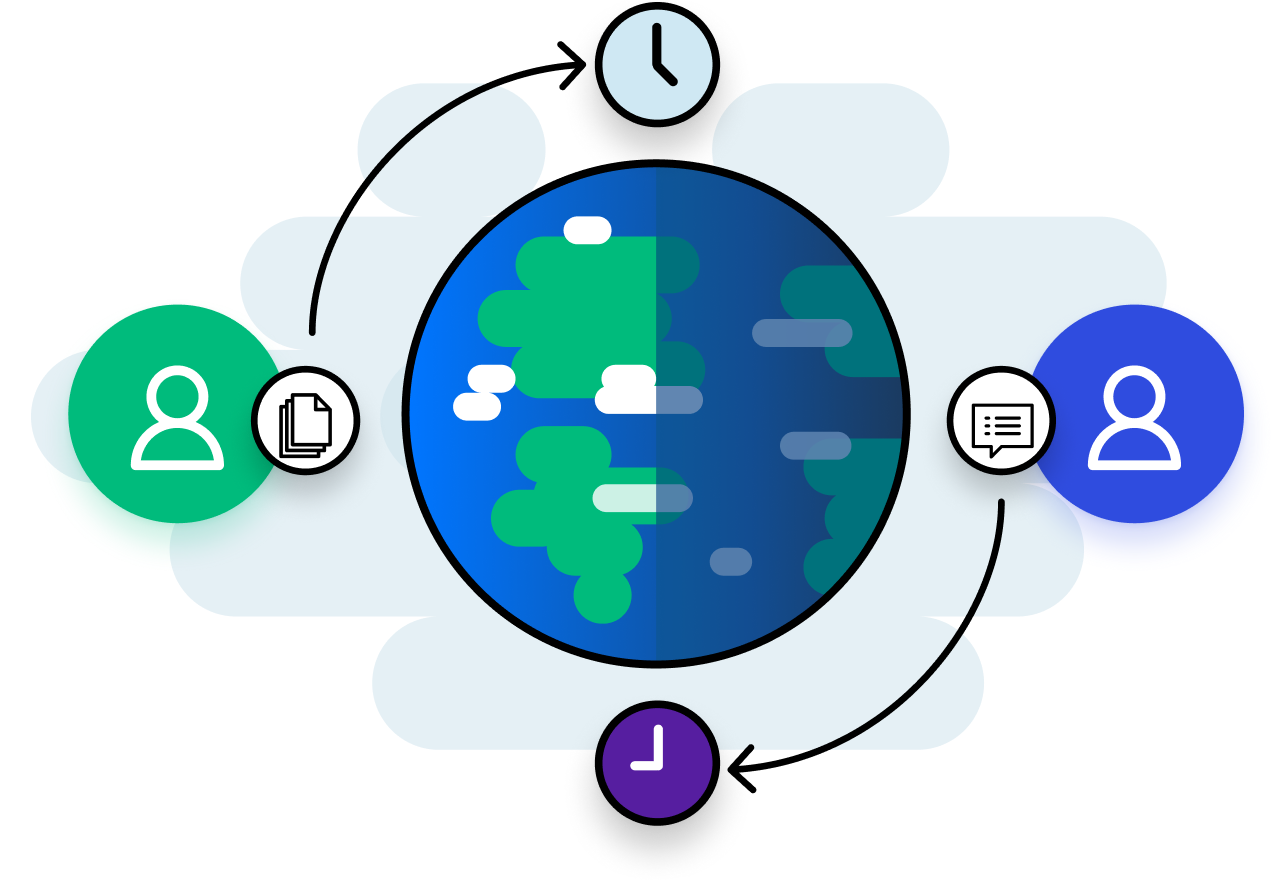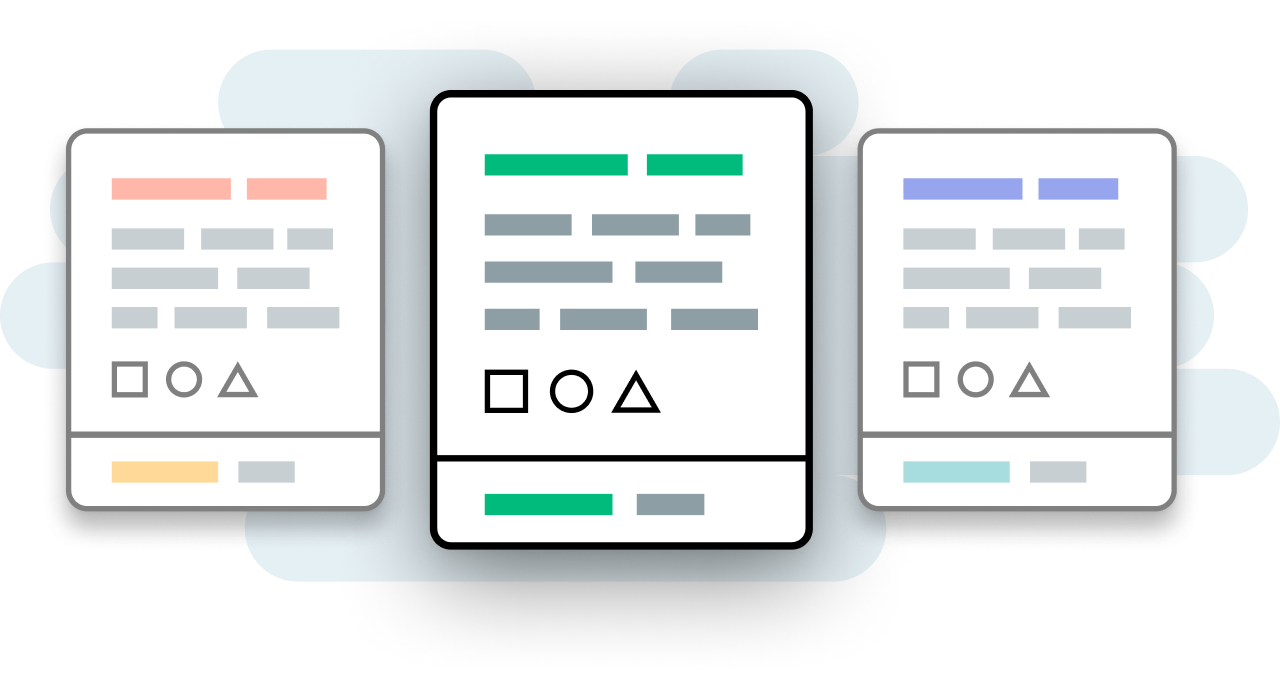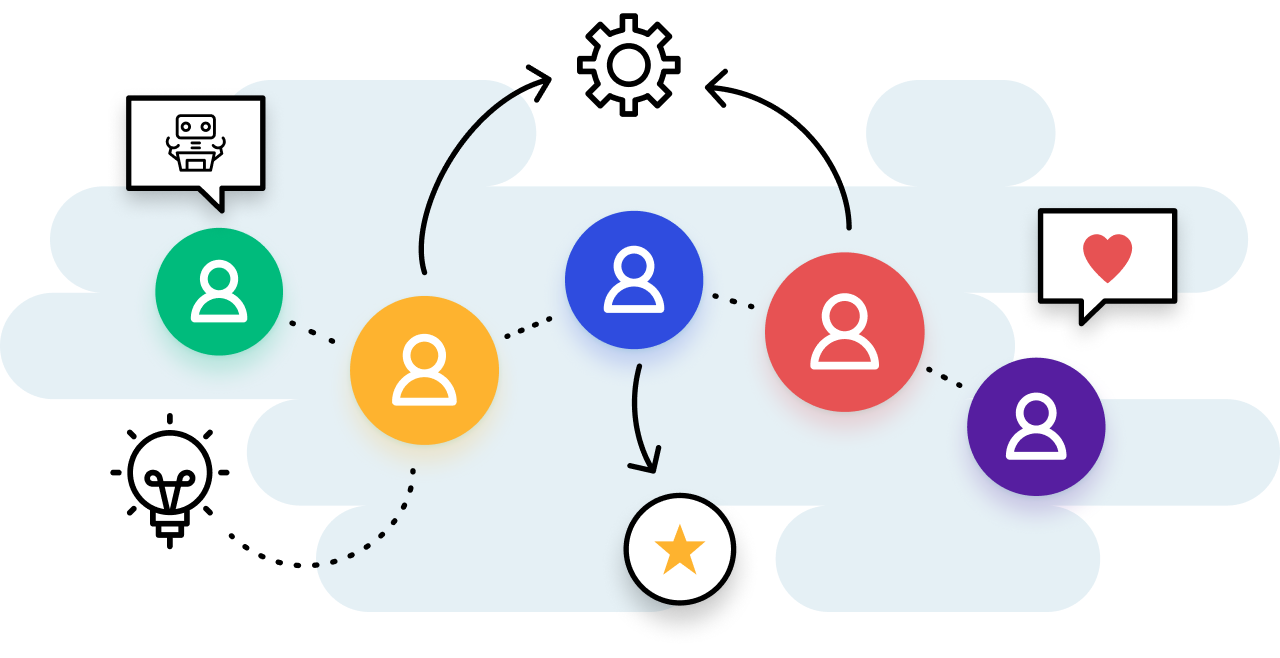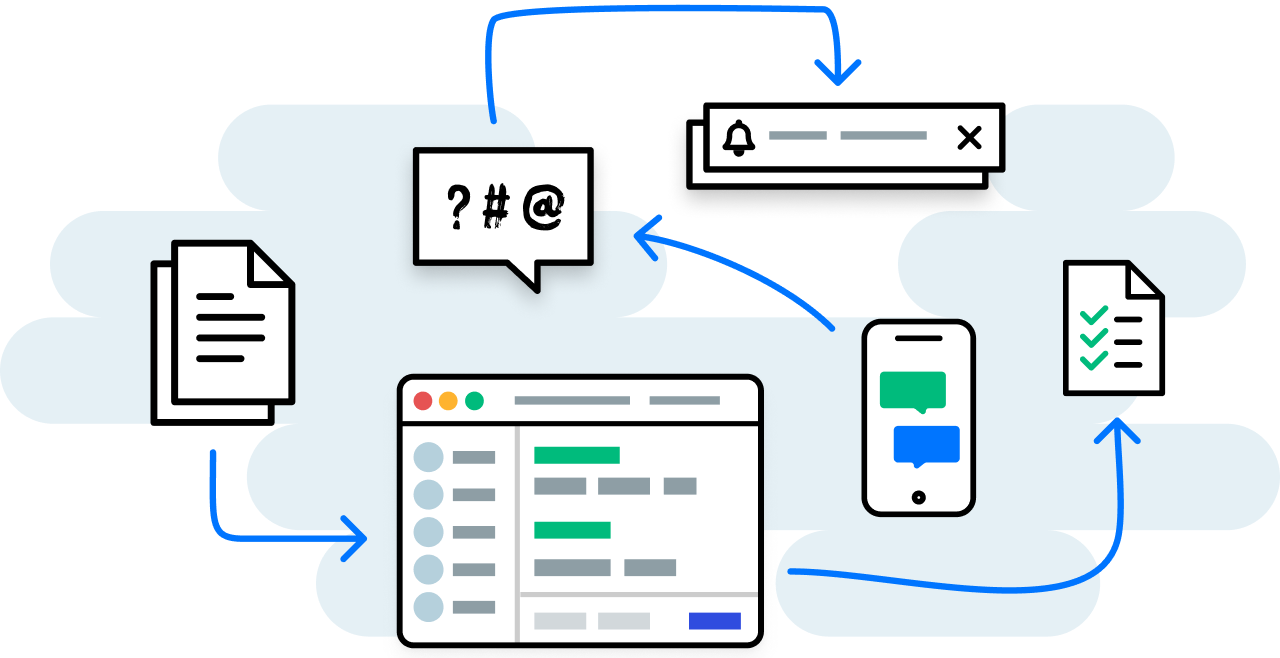It’s 2020, a year unlike any other in our lifetimes. Much has changed for how we conduct business, and run our personal lives.
Because of the required shift during this global pandemic, many companies are turning to remote work for the first time, looking for how they can continue to get work done in a different way, and trying to build on the success they found in physical spaces.
At XWP we are a remote-first company. This has been built into our DNA since we started over seven years ago. We are an agency working with enterprise level clients around the world, and our team is located in different time zones and continents. This distribution has forced us to find ways to get projects done in an efficient and effective manner. There are numerous tools that can aid remote work, but the key factor in transitioning is to understand how communication and projects happen in a digital space.
There are a number of great books on this subject, as well as numerous talks and articles. Here we’ll share a few insights from our experience, and how we’ve been able to work well together as a team.

Think Async
Moving to a remote work environment requires a shift in thinking about how communication happens. Learning to use asynchronous tools is such a crucial part of this.
The changed mindset came for me in 2016. I was working on a project with a friend and former colleague that was spread out across time zones around the world. As a result it was impossible for us to all meet on a regular basis. We set up asynchronous check ins, and focused on getting things done inside of the user stories and ticket system that we’d set up. It wasn’t a perfect solution, but because we couldn’t rely on solving everything in a meeting, we had to get creative to keep things moving forward. The project was a huge success, and the client benefited from the expertise of having team members from around the world who could support their needs.
This is not to say that meetings aren’t important. There are regular check ins that can help move projects forward, and we have them on most of our client engagements. The important thing to consider though, is whether those synchronous meetings are crutches for pretending to get work done.
While real-time collaboration is vital at times, and often helps to unblock progress, it is not always necessary. There are many situations where asynchronous communication can actually get the job done in a more effective way.

Write Great User Stories
At XWP we use a number of tools to encourage connection. One of the most important is the user story.
For most of our projects we use Github or JIRA for managing development. The user story stands at the heart of either of these tools; each touches on a task that needs to be accomplished, along with a description defining the scope of work. Good user stories clearly communicate the expected outcome, and help bring the team together in clearing up misunderstandings.
Slack, Google Docs, Zoom meetings, email, and more are all ways we communicate. However, when it comes to the core of our process, the fundamental truth of what needs to get done, we always strive to define the work in a story. That story lives in a location that everyone on the team can access, and nothing is real until it exists in the ticket with the description, acceptance criteria, implementation brief, or comments and pull requests.
In a later article we’ll talk more about our process for writing good user stories, but needless to say this is the cornerstone of good communication and ensuring progress between our clients and team members. Anytime I’ve seen this slip, the project has suffered as a result.

Trust Your Team
Companies spend an inordinate amount of time on hiring and finding great team members. There’s much that can be said about hiring and working well together, but at its core it’s crucial to have folks that can be trusted to do great work. Too often the same companies that put so much effort into hiring will not trust their team to get the work done. What I’ve seen at XWP is a culture of trust and responsibility. We bring on folks who are capable, and we let them do what they were hired to do without having to check over their shoulders every moment of the day.
Each project team has a Lead focused on moving the project forward, and ensuring each person has what they need. Our Project Managers are amazing, and they exist to help the rest of the team get great stuff done. When my Lead reaches for status updates and check ins, they are assuming that I’m doing great work, but also making sure that the project is unblocked and meets client expectations. I value these meetings as opportunities to make sure I’m building what’s expected; they never come off as feeling like I’m being watched.
We believe in our team and trust that they will get the job done. We also don’t need to see them in a physical office to verify that work is happening on their monitors.
If you’re going to have a successful remote company you need to be able to trust that the people you’ve hired want the same thing as you.

Clarity Is Key
Miscommunication can happen in-person in an office environment. Any time you have two humans together in a room, you have a chance of misunderstanding. In remote work this is even more likely to occur. If we write something, or have a Zoom meeting, it’s easy for two people to come away with very different interpretations of what was said, and what’s expected next.
Recently I had a great meeting with one of my colleagues where we went over the expectations of the project we were going to build. He asked a ton of questions about the software I designed, questions that seemed blatantly obvious on the surface. However, before he or any of the rest of our engineers picked up the work, he needed to make sure that he understood all the implications of what we were about to build.
The feature we discussed had a number of products that loaded on a page. It wasn’t clear whether the design used infinite scrolling or pagination, and this had an impact on how he approached the work. Because he communicated the lack of clarity, we were able to make sure that we moved forward with the right way to build the software.
Whether you use a sketch, wireframe, design, code snippet, or video recording, try to overly communicate and state your intentions, then double check again and make sure they were understood.
Working remotely has been one of the greatest joys of my career. It’s given me the opportunity to live where I want, and to have more time with my family.
In 2017 our second child, a daughter, was born. Throughout her life I’ve been there for every step of her development. I’ve been able to play with her on breaks during the day, and often held her strapped to my chest in a baby carrier while attending meetings at my standup desk. Both of my children have now benefited from more of my physical presence, and more opportunities to connect. I would never trade those moments. While that’s not related to the actual work I do, it contributes to the wholeness of my life.
A great remote company can give so much back to its team, when done right. That’s why I have little desire to commute back into an office on a daily basis. I love living wherever I want, and am looking forward to seeing what the next few years offer as this continues.
XWP is a place with a great remote experience, and we’re always striving to improve the connection between our clients, our team, and the customers who use our software. It’s such a joy to see what this way of working can bring.
How does remote work for you?
You’ve seen how remote work happens at XWP. Now it’s your turn to tell us your remote work tips. Drop a comment and let us know!

1 Response
Comments are closed.